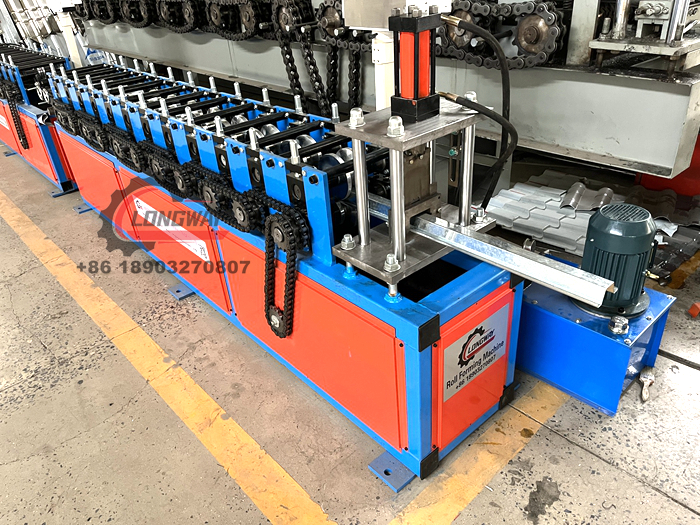metal stud and track roll forming machine
The Future of Construction Metal Stud and Track Roll Forming Machines
In the ever-evolving landscape of construction and building materials, metal stud and track roll forming machines have emerged as a cornerstone technology. These machines represent a significant advancement in the production of metal framing systems, crucial for the construction of modern buildings. As we delve into the key aspects of these machines, we uncover their functionality, advantages, and the impact they have on the construction industry.
Functionality of Metal Stud and Track Roll Forming Machines
Metal stud and track roll forming machines are engineering marvels designed to create precise metal components used in construction. The process begins with the raw steel coils that are fed into the machine. As the coils pass through a series of rollers, they are progressively shaped into various profiles, including studs, tracks, and channels. The precision of this process is remarkable; the machines can produce components with tolerances of just a few millimeters, ensuring a perfect fit during assembly on-site.
These machines can be customized to produce different shapes and sizes, catering to specific construction needs. For instance, stud sizes typically range from 3-1/2 inches to 8-5/8 inches, while track profiles are designed to complement the studs. Advanced roll forming machines also incorporate features such as integrated cutting systems, embossing options for added structural integrity, and automated controls for efficiency.
Advantages of Using Metal Studs and Tracks
metal stud and track roll forming machine

One of the primary advantages of metal studs and tracks is their lightweight nature compared to traditional wood framing. This lightweight property allows for easier handling and transportation, reducing labor costs during the construction process. Furthermore, metal is impervious to issues such as warping, swelling, or pest infestations, which are common concerns with wooden structures. As a result, metal framing systems often lead to lower maintenance costs over the lifespan of a building.
Metal studs also offer enhanced fire resistance, an essential feature for ensuring safety in urban environments. Building codes increasingly demand materials that can withstand higher temperatures, and metal meets these criteria more effectively than traditional materials. Additionally, metal components can support the use of modern insulation techniques, benefitting energy efficiency.
Impact on the Construction Industry
The rise of metal stud and track roll forming machines has significantly impacted the construction industry. With the ability to produce high volumes of consistent quality materials, these machines allow for faster construction timelines. This efficiency is particularly beneficial in commercial builds, where project deadlines are often tight.
Moreover, the shift towards sustainability is evident in the production of metal studs and tracks. Many roll forming manufacturers are adopting eco-friendly practices, sourcing recycled steel and minimizing waste during the production process. This transition resonates with the growing demand for sustainable building practices, making metal framing an attractive option for environmentally conscious developers.
In conclusion, metal stud and track roll forming machines are revolutionizing the construction industry. Their efficiency, precision, and adaptability make them an indispensable tool for modern builders. As construction practices continue to evolve, embracing new technologies and materials, metal framing systems will undoubtedly play a pivotal role in shaping the future of our built environment. The combination of robustness, cost-effectiveness, and sustainability makes metal studs and tracks not just a trend, but a lasting solution for the challenges faced in contemporary construction.
-
Auto Stacker for Roof Sheets | Enhance Productivity & SafetyNewsAug.30, 2025
-
Stainless Steel Plate Embossing MachineNewsAug.29, 2025
-
Reliable Roller Shutter Rolling Mill for SaleNewsAug.29, 2025
-
Maximize Efficiency with Steel Slitting Lines for SaleNewsAug.29, 2025
-
Efficiency with a Floor Deck Roll Forming MachineNewsAug.29, 2025
-
Door Frame Forming MachineNewsAug.29, 2025
-
Corrugated Iron Roofing Sheet Making Machine: Fast, Precise & DurableNewsAug.29, 2025








